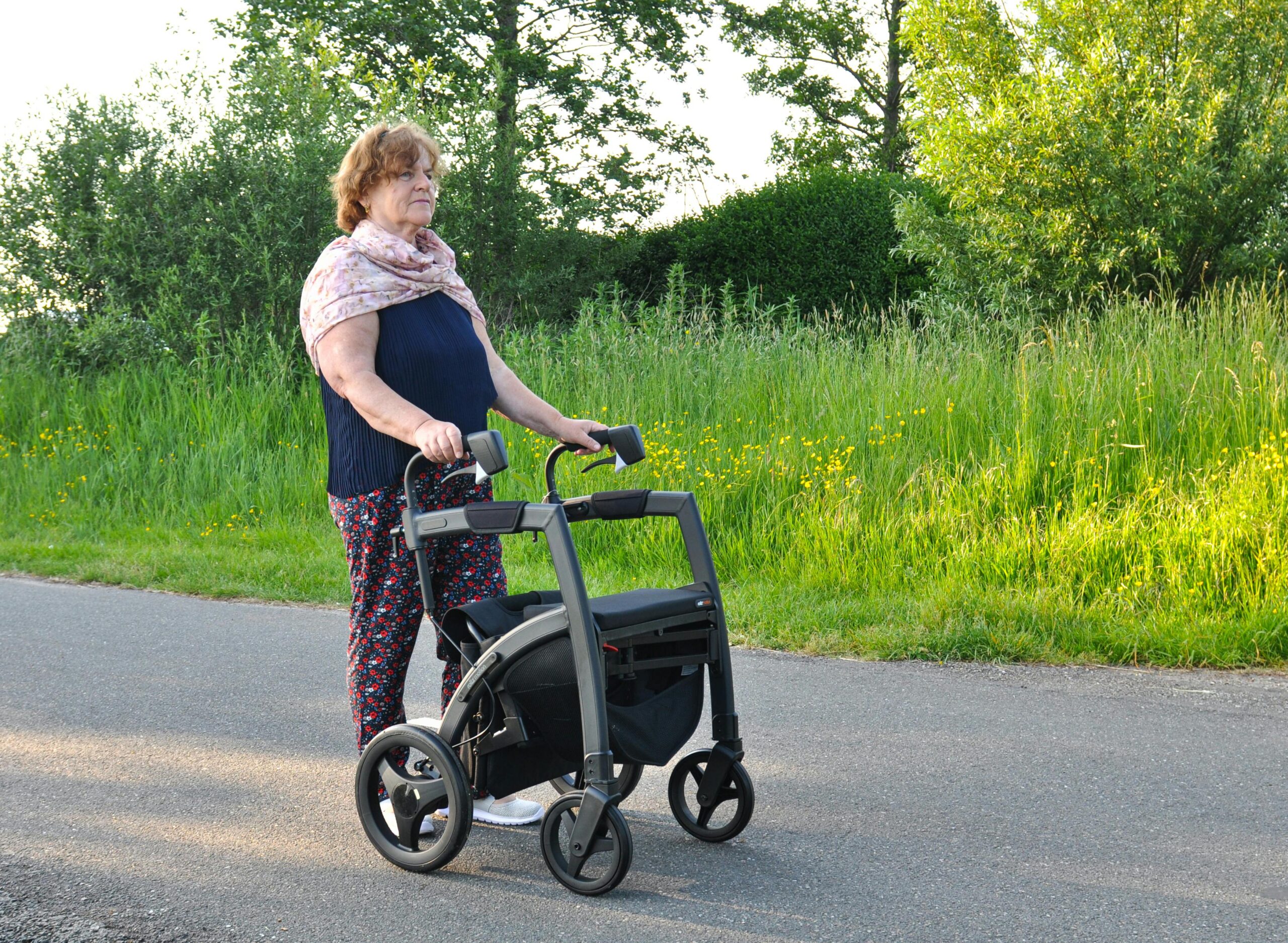What is Parkinson’s Disease?
Parkinson’s disease is a neurological disorder that affects millions of people worldwide. It is characterised by tremors, stiffness, and difficulty with movement, which can significantly impact a person’s quality of life. While there is no cure for this condition, exercise physiology can be an effective way to manage the symptoms and improve overall health and well-being.
Want to know more? Check out the Parkinson’s Australia website!
What is Exercise Physiology?
Exercise physiology is the study of how the body responds to physical activity. It focuses on how exercise affects the body at the cellular and molecular levels, as well as how it affects overall health and well-being. By understanding the mechanisms of exercise, exercise physiologists can design specific exercise programs to address a wide range of health conditions.
What Are The Benefits of Exercise Physiology for Parkinson’s Disease?
- Improved motor function: This condition can cause tremors, stiffness, and difficulty with movement. Exercise physiology can help improve motor function by increasing muscle strength and flexibility, improving balance and coordination, and reducing muscle rigidity.
- Reduced risk of falls: Parkinson’s disease can increase the risk of falls, which can result in serious injury. Exercise physiology can help reduce the risk of falls by improving balance and coordination, increasing muscle strength, and enhancing overall mobility.
- Improved cardiovascular health: Exercise physiology can improve cardiovascular health, which is important for people with this condition. Aerobic exercise can help improve blood flow and oxygen delivery to the brain, reducing inflammation and promoting healing.
- Reduced risk of comorbidities: Parkinson’s disease is often associated with other health conditions, such as depression, anxiety, and cognitive impairment. Exercise physiology can help reduce the risk of these comorbidities by improving overall health and fitness.
- Enhanced quality of life: Exercise physiology can enhance quality of life for people with this condition by reducing symptoms and improving overall health and well-being. Exercise can also help improve mood and reduce stress, which can improve overall quality of life.
In conclusion, exercise physiology can be an effective way to manage the symptoms of Parkinson’s disease and improve overall health and well-being. If you have Parkinson’s disease, it is important to work with a qualified exercise physiologist to design an exercise program that is safe and effective for your specific needs. With the right exercise program, you can improve motor function, reduce the risk of falls, and enjoy a more active and healthier lifestyle. Keen to get started? Book an appointment today!



